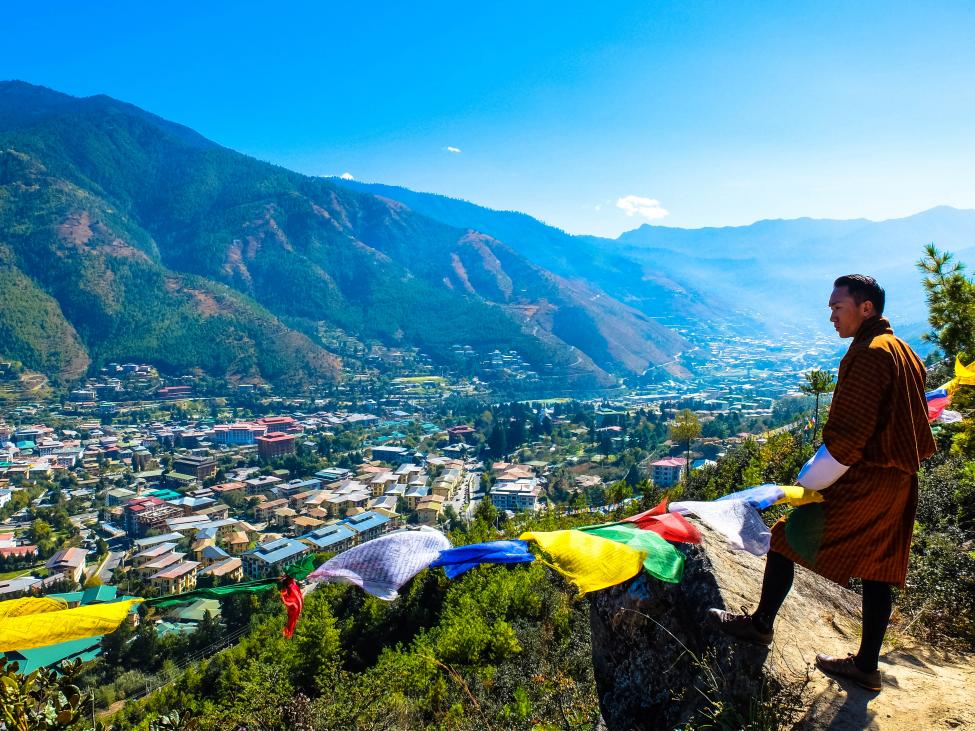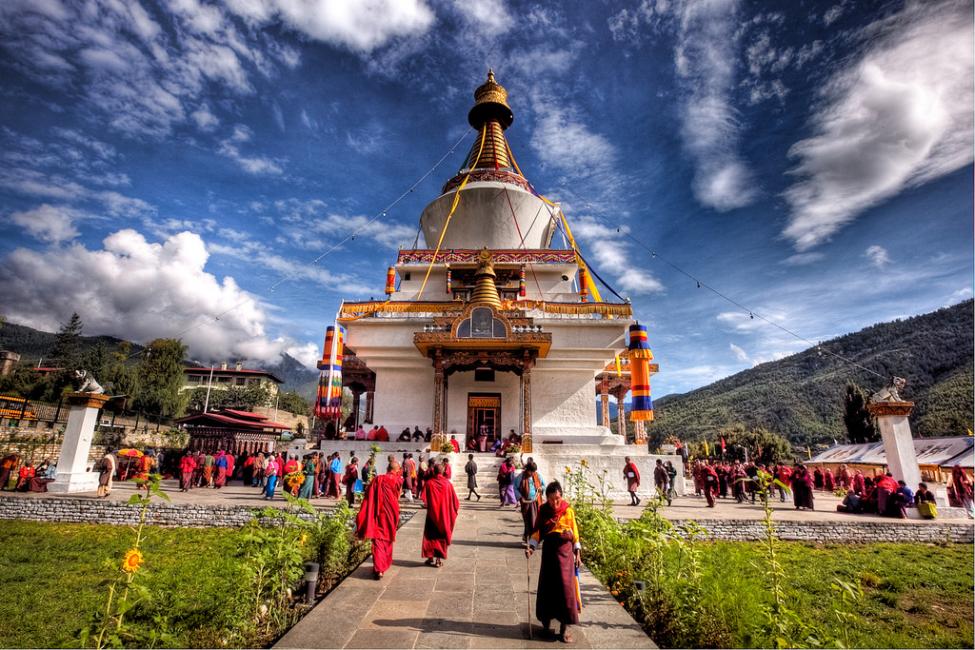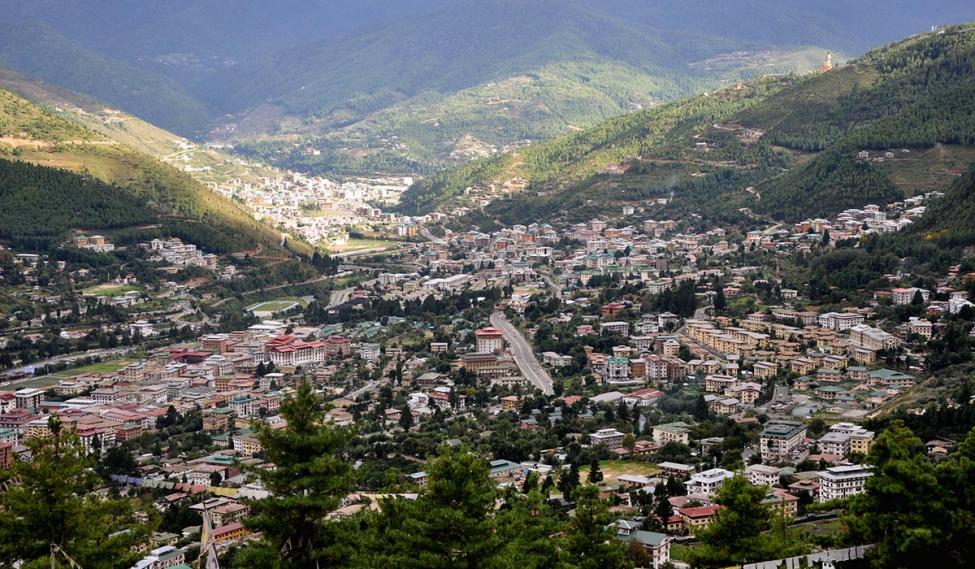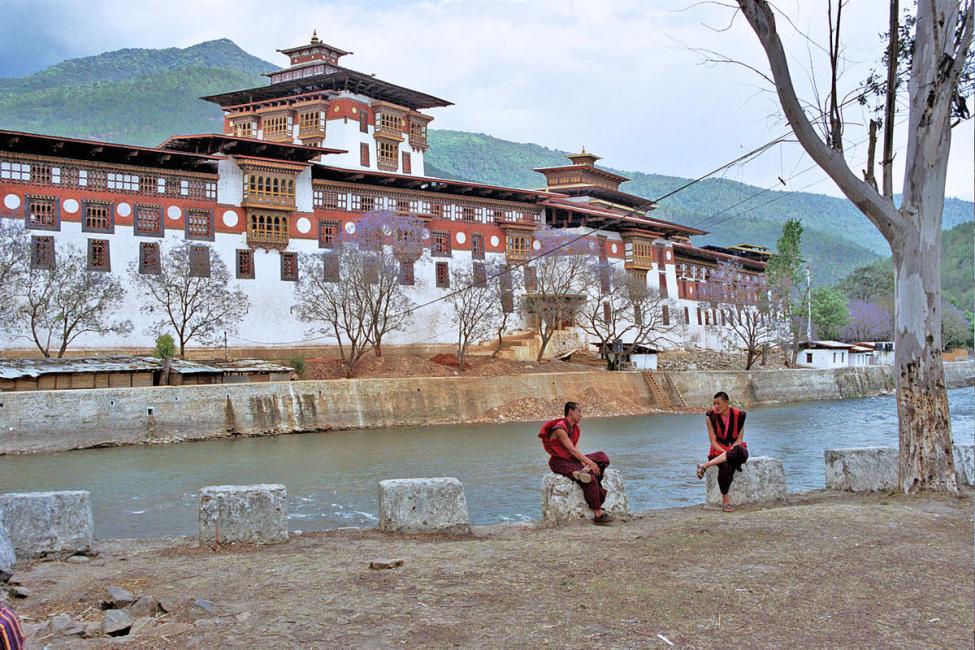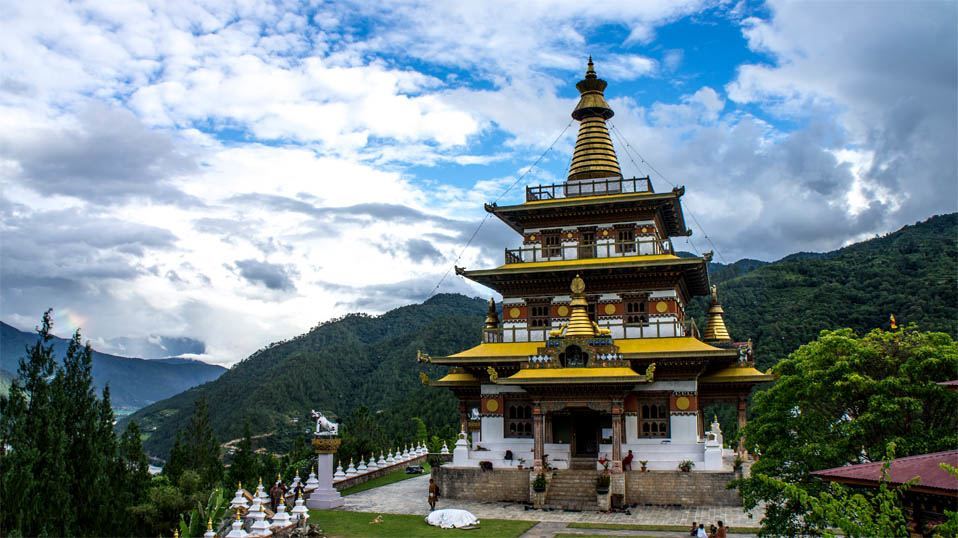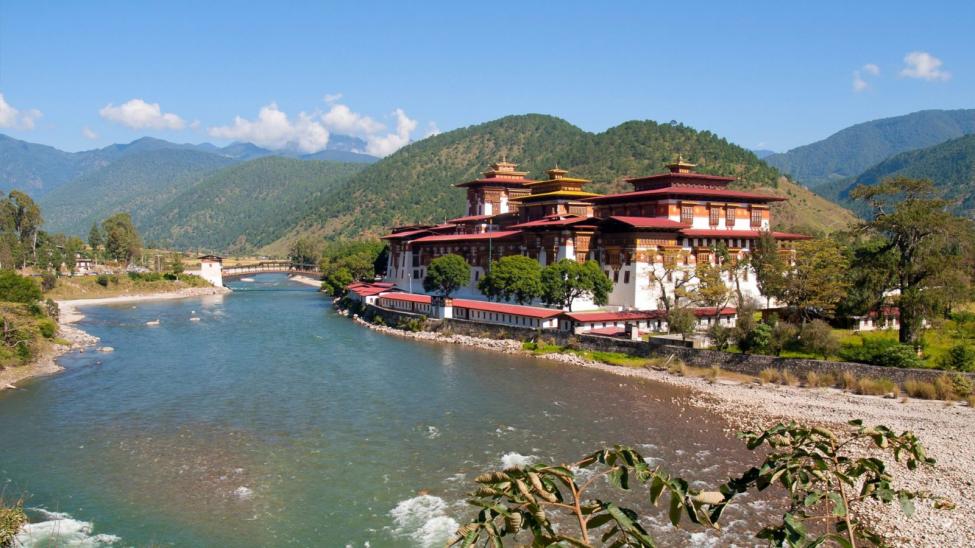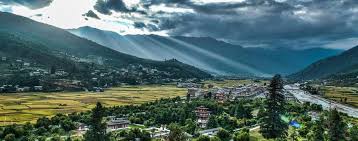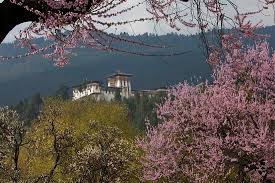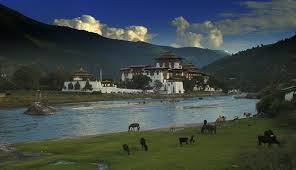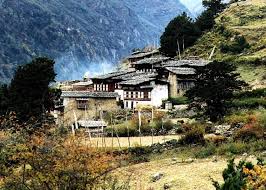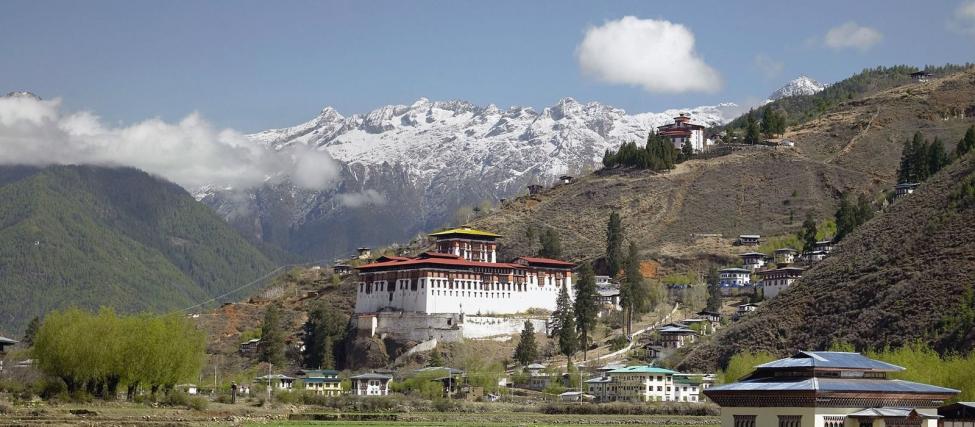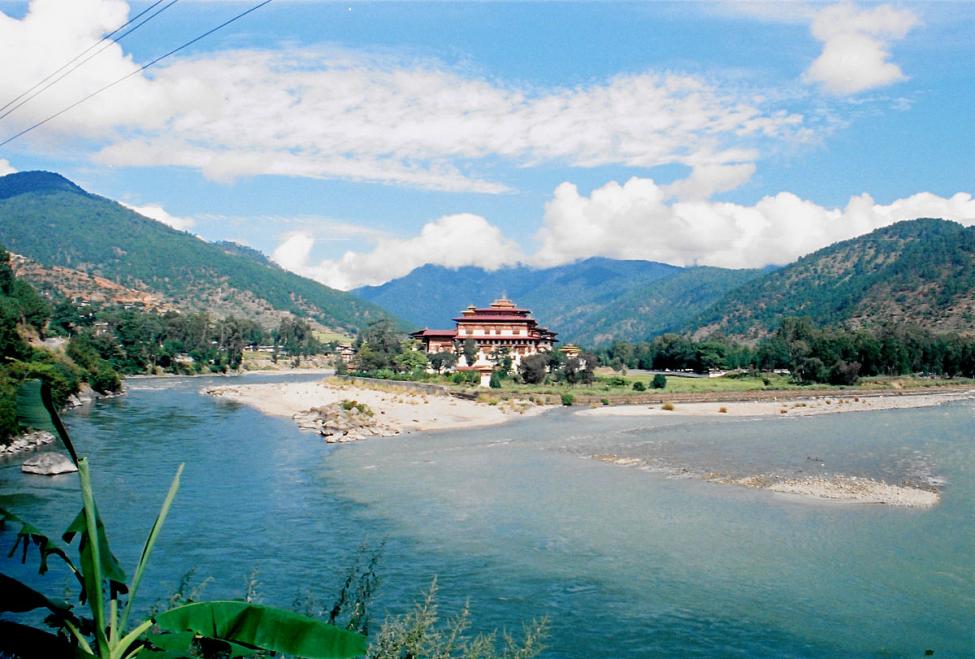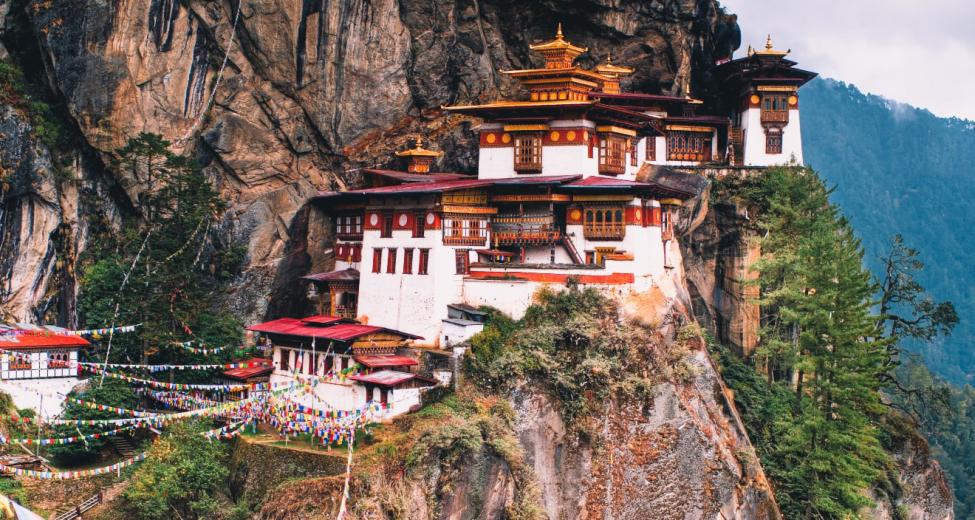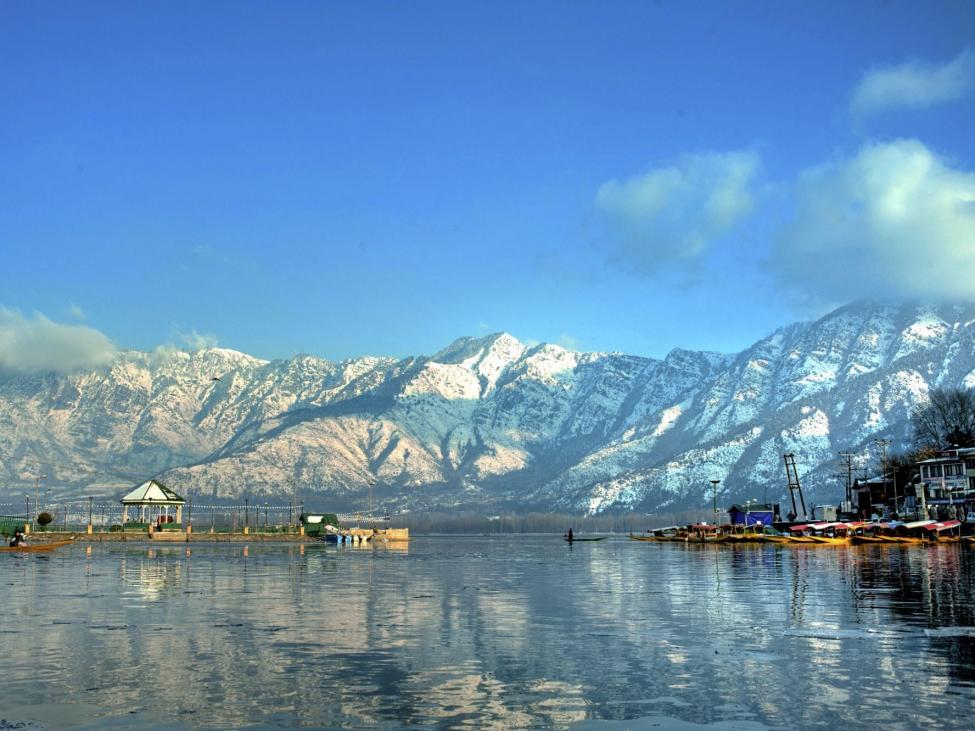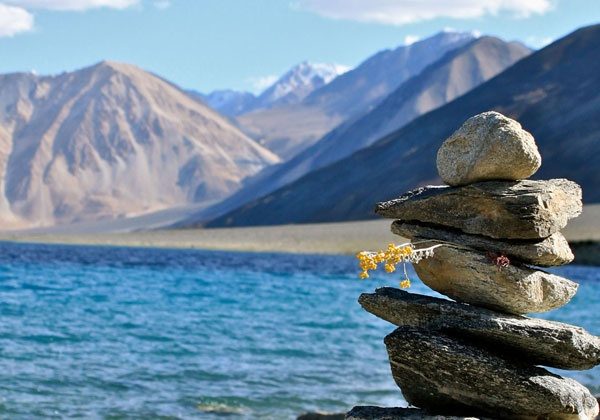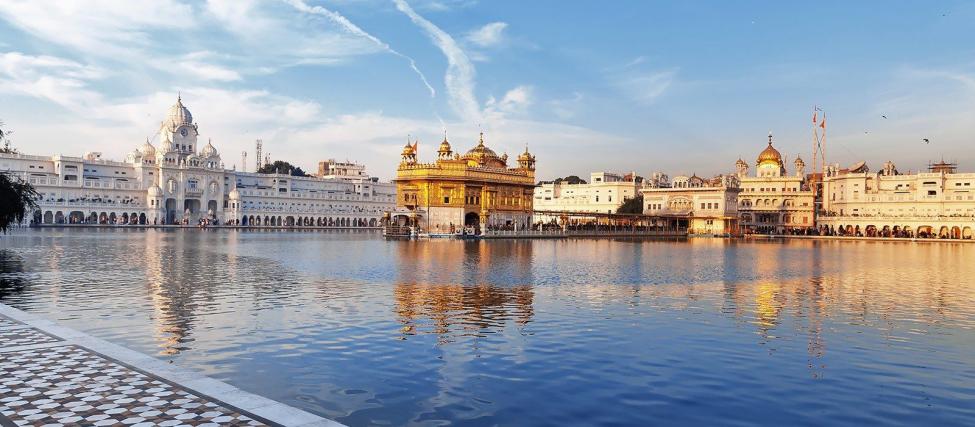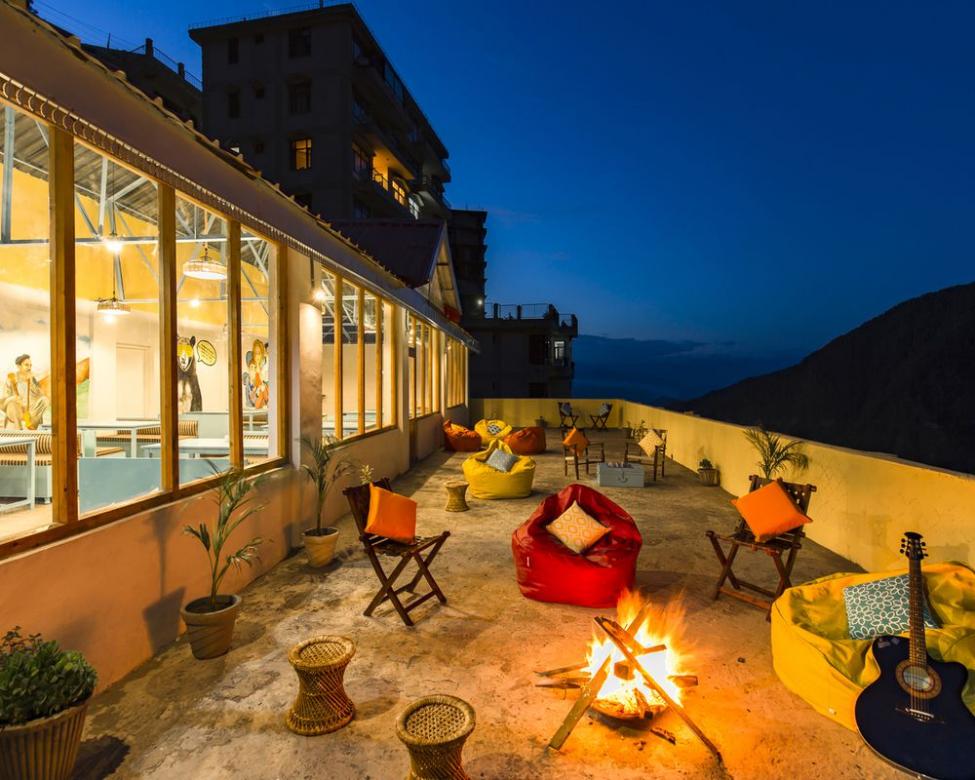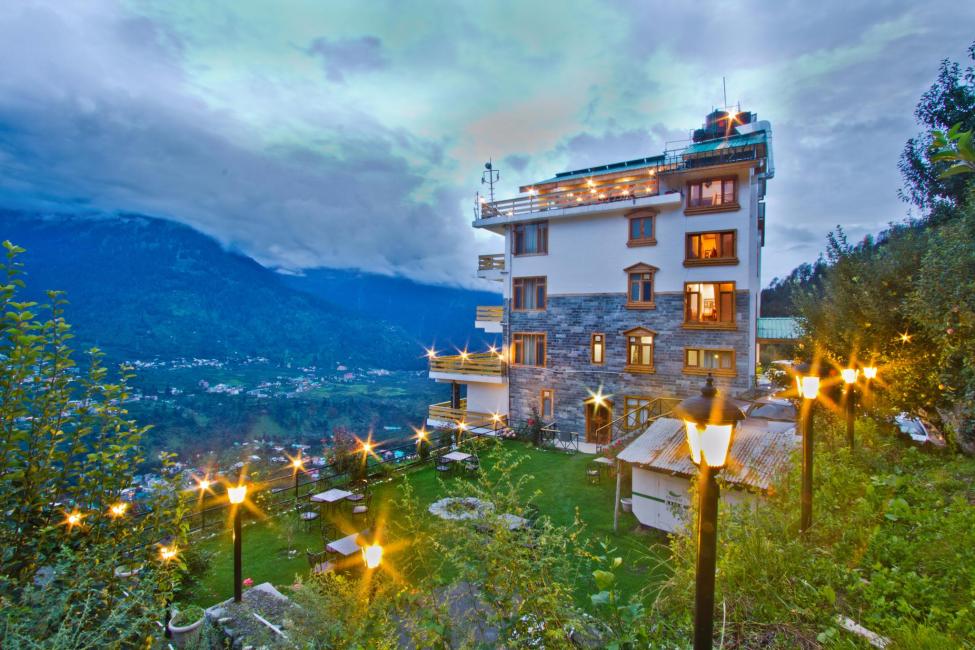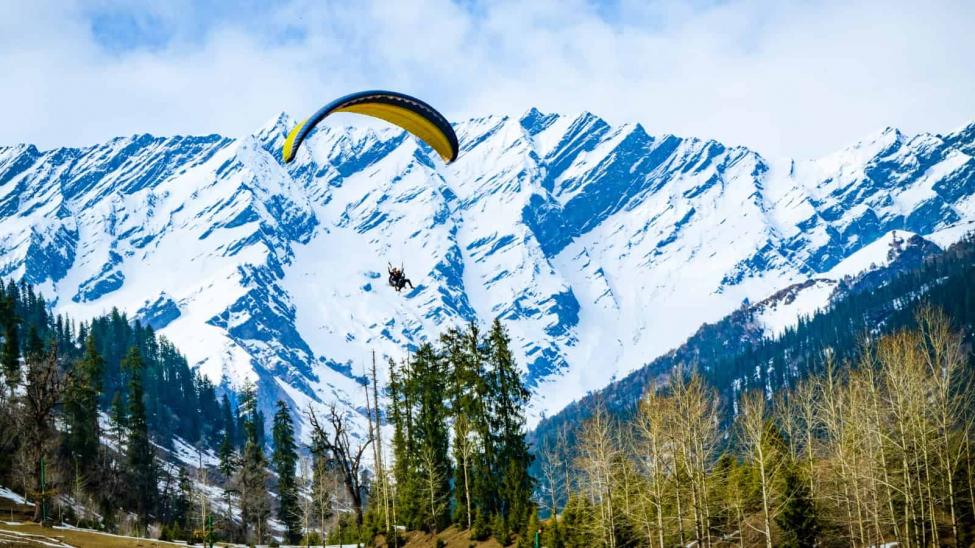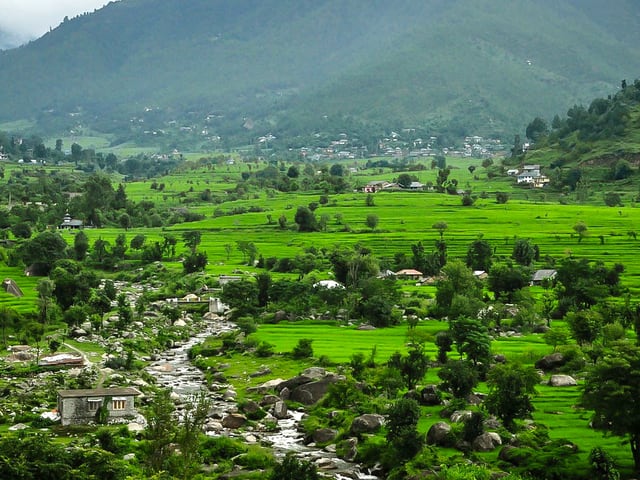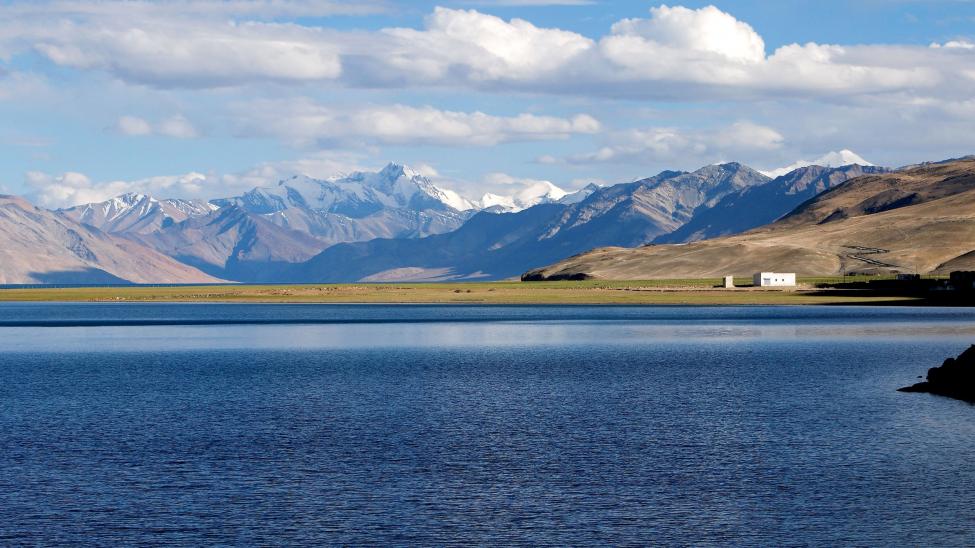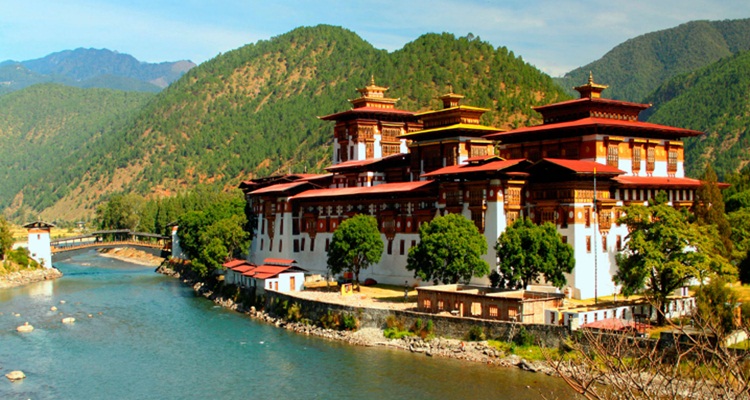
Destinations Cover
Bumthang - Paro - Punakha - Thimphu
Tour Overview
Bhutan, a Buddhist kingdom on the Himalayas’ eastern edge, is known for its monasteries, fortresses (or dzongs) and dramatic landscapes that range from subtropical plains to steep mountains and valleys. In the High Himalayas, peaks such as 7,326m Jomolhari are popular trekking destinations. Paro Taktsang monastery (also known as Tiger’s Nest) clings to cliffs above the forested Paro Valley.Paro is a valley town in Bhutan, west of the capital, Thimphu. It is the site of the country’s only international airport and is also known for the many sacred sites in the area. North of town, the Taktsang Palphug (Tiger’s Nest) monastery clings to cliffs above the forested Paro Valley. Northwest of here are the remains of a defensive fortress, Drukgyel Dzong, dating from the 17th century.Punakha is a town in the Himalayas of Bhutan. It's known for the Punakha Dzong, a 17th-century fortress at the juncture of the Pho and Mo Chhu rivers. The fortress hosts the Punakha Tshechu, a religious festival featuring masked dances and music. In the surrounding Punakha Valley, temples include the fertility-focused Chimi Lhakhang and the hilltop Khamsum Yulley Namgyal Chorten, which has river and mountain views.Bumthang District is one of the 20 dzongkhag comprising Bhutan. It is the most historic dzongkhag if the number of ancient temples and sacred sites is counted. Bumthang consists of the four mountain valleys of Ura, Chumey, Tang and Choekhor, although occasionally the entire district is referred to as Bumthang valley.
Day 1: Arrive Paro – Thimphu
Attractions: Thangthong Dewachen Nunnery,Mini Zoo
Arrive by Druk Air flight to Paro. On a clear day the flight to Paro is breathtaking with views of the Himalayan peaks such as Everest, Kanchenjunga and Makalu, and on the final approach see Bhutan's own snowy peaks, the sacred Jhomolhari, Jichu Drake and Tserimgang. On arrival at Paro airport, after completing the formalities, you will be met by a local representative / guide and transferred by a private vehicle for a leisurely drive for 1 hour, 54 kms. towards the modern capital of Bhutan – Thimphu. Thimphu is situated in a large valley traversed by the Wangchuk River and over shadowed by high peaks. Arrive at Thimphu and check in at your hotel. Afternoon, proceed to visit Thangthong Dewachen Nunnery: the only nunnery in the capital also popularly known as Zilukha Anim Dratshang. It was built in 1976 by the 16th emanation of Thangtong Gyalpo, Drubthob Rikey Jadrel. Currently, the nunnery is home to about 60 nuns who have devoted their life to spirituality and Buddhism. Evening proceed to the Mini Zoo where you can see the national animal of Bhutan – Takin. This particular animal is found only in the Himalayan region and the head of the animal looks like a goat and body of a cow/yak. Before sunset, drive to Sangay gang view point (2685 m high), get wonderful views of the Thimphu valley, walk through hundreds of colourful prayer flags that dot the hill. Overnight at hotel in Thimphu.
Day 2: Thimphu
Attractions: National Memorial Chorten,Folk Heritage & Textile Museum,Handicrafts Emporium
After breakfast, proceed for a full day tour of Thimphu Valley Exploration. Thimphu the most unusual capital in the world, is also the seat of the government. This bustling town is home to Bhutan's royal family, the civil service and foreign missions with representations in Bhutan. It is also the headquarters for a number of internationally funded development projects. Full day sightseeing includes visits to: National Memorial Chorten - the building of this landmark was originally envisaged by Bhutan‟s third king, His Majesty Jigme Dorji Wangchuck, who had wanted to erect a monument to world peace and prosperity. Completed in 1974 after his untimely death, it is both a memorial to the Late King (“the father of modern Bhutan”), and a monument to peace. Then visit the Folk Heritage & Textile Museum - These museums, both of which opened in 2001, provide fascinating insights into Bhutanese material culture and way of life. Closed on Sat / Sun / Govt. Holidays. Visit the Handicrafts Emporium - This governmentrun enterprise displays a wide range of beautifully hand-woven textiles and craft products. It also carries a small collection of books on Bhutan, Buddhism and Himalayan culture. Proceed to the National Library - which holds a vast collection of Buddhist texts and manuscripts, some dating back several hundred years, as well as modern academic books mainly on Himalayan culture and religion. Visit the Institute of Zorig Chusum - Commonly known as the Painting School, the Institute offers a six-year course on the 13 traditional arts and crafts of Bhutan. On a visit one can see students learning the various skills taught at the school. Last visit the Tashichho Dzong - The “fortress of the glorious religion” which was initially erected in 1641 and rebuilt by King Jigme Dorji Wangchuck in the 1960s. Tashichho Dzong houses some ministries, His Majesty's secretariat, and the central monk body. It is open to visitors during the Thimphu Tsechu (held in autumn) and while the monk body is resident in its winter quarters at Punakha Dzong. Overnight at hotel in Thimphu.
Day 3: Punakha
After breakfast, check out and transfer by a private vehicle to Punakha (approx 3 hrs / 74 kms. Drive upto Dochula Pass (3088 m) stopping briefly here to take in the view and admire the chortens, Mani walls and prayer flags which decorate the highest point on the road. If the skies are clear, the high Himalayan peaks towards the northeast will be revealed in all its glory. Then continue the drive to Punakha Valley. Punakha served as the capital of Bhutan until 1955 and is still the winter residence of the Je Khenpo (Chief Abbot) and central monk body. Hike to the nearby Chimi Lhakhang, a temple dedicated to the “Divine Madman”, an eccentric monk from the 16th century famous for many of his amusing, folklore stories. Overnight at hotel in Punakha.
Day 4: Punakha
Attractions: Punakha Dzong,Temple
After breakfast, proceed for full day tour of Punakha Valley – visit Punakha Dzong, built in 1637 by Shabdrung Ngawang Namgyal and has played a prominent role in civil and religious life of the kingdom. Damaged by fire, flood and earthquake over the centuries, it has now been fully restored in its original splendor. Then hike up through fields of rice along the banks of the Mo Chhu to the upper end of the valley to the Khamsum Yulley Namgyal Chorten, a stunning monument recently built by Her Majesty the Queen Mother, Ashi Tshering Yangdon Wangchuck. It took 9 years to build and holy scriptures rather than engineering manuals were consulted to construct this 4-storey temple. It is a fine example of Bhutanese architecture and artistic traditions. This temple has been dedicated for the well being of the kingdom, its people and all sentient beings. It is a 15-20 mins hike from the suspension bridge. Overnight at hotel in Punakha.
Day 5: Punakha to Bumthang Valley via Trongsa ( 6 hrs/220 kms)
Attractions: Chhume Valley
After breakfast, check out and today‟s journey onward to Jakar (Bumthang) is perhaps long, but certainly memorable with dramatic landscapes of terraced farmland, deep river valleys and precariously perched farmhouses viewed from the only east west highway that has been ingeniously carved out of the mountain faces. Following a brief stop at ChendebjiChorten, which according to belief was built to cover the remains of a demon spirit, you will carry on to what was the original home of the royal family. Upon reaching Trongsa you may take time to stroll this quaint village and official business permitting, perhaps visit the TrongsaDzong, ancestral home to Bhutan‟s monarch where you will often find novice monks reciting mantras or practicing on sacred horns, flutes or drums. The drive onward to Bumthang takes you over the picturesque Yotong La and down into the Chhume Valley, home of Bhutan‟s famous Yatra weaving. Overnight at hotel in Bumthang
Day 6: Bumthang Valley Exploration
Attractions: JakarDzong,The Castle of the White Bird,Guru Rinpoche
After breakfast, proceed to visit the Bumthang Valley. Bumthang is the general name given to a group of four valleys – Chumey, Choekhor, Tang and Ura, with altitudes varying from 2,600 to 4,000m (8,530- 13,125ft). This area is home to many ancient Buddhist temples and monasteries. Start to visit Choekhor valley, approximately 1 ½ hrs drive from the lodge. You have choice to further explore our neighbouring palace, Wangdichhoeling, home to the 2nd King, and the auspicious prayer wheels next door. Heading up valley, you will take in the grand KurjeLhakhang, one of the most sacred places in the kingdom as Bhutan's “patron saint”, Guru Rinpoche (Padmasambhava) meditated here. From Kurje monastery, a tarmac road heads south along the right bank of the river to JambeyLhakhang. This temple, erected by the Tibetan king SongtsenGampo in the 7th century, is one of the two oldest in Bhutan (the other being KyichuLhakhang in Paro). After lunch, we will visit TamshingLhakhang, founded in 1501 by PemaLingpa. It contains interesting and ancient Buddhist wall paintings. Later on we will visit JakarDzong, “the castle of the white bird”, then take a stroll through Bumthang‟s market area before returning to the lodge. Overnight at hotel in Bumthang. Overnight at hotel in Bumthang.
Day 7: Bumthang – Tang Valley
Attractions: Tang Valley,Museum,Tang Mebartsho (Burning lake)
After breakfast, today you will explore further in Bumthang district with an excursion the stunningly beautiful Tang Valley. This seldom visited valley offers a treat in revealing some off the beaten track lhakhangs and monasteries, and the amazing museum at Ugyen Chhoeling Palace. A short hike takes you up to this well maintained Palace and it cultural treasures inside. Along way you will stop for a traditional picnic with breathtaking views of the pristine surroundings. Way back, just below the main road junction visit Tang Mebartsho (Burning lake), where the TertonPemaLingpa, the reincarnation of Padmasambhava, is supposed to have discovered religious treasure in the 12th century. This lake is very sacred and is visited by many Bhutanese during auspicious days to offer butter lamps. The important of the site is indicated by the extensive array of prayer flags and is considered as one of the most holy places for Buddhist pilgrimage. Overnight at hotel in Bumthang
Day 8: Transfer to Punakha Valley
Today travel back to Punakha, the route is a lengthy one, taking lunch en-route. We will then drive on through the mountains and down to Punakha. Check in at the hotel. Overnight at hotel in Punakha.
Day 9: Punakha - Paro
Attractions: National Museum,Drukgyel Dzong
After breakfast, check out and transfer by a private vehicle to Paro. Arrive at Paro and check in at the hotel. Afternoon visit the Ta Dzong – formerly a watch tower and now the National Museum. The museum collection includes Bhutanese arts and artifacts, weapons, coins, stamps etc. Then walk down a hillside trail to visit Rinpung Dzong (Paro Dzong) situated at a height overlooking Paro valley. Built by Shabdrung Ngawang Namgyal in 1646, this Dzong now houses Paro's monk body and the offices of the civil administration and is symbolic as the religious and secular centre of all affairs of the valley. In the evening visit Drukgyel Dzong, a ruined fortress where Bhutanese warriors fought off Tibetan invaders centuries ago. The snowy dome of sacred Chomolhari, “mountain goddess” can be seen in all her glory from the approach road to the Dzong. Overnight at hotel in Paro.
Day 10: Paro
Attractions: Taktsang Monastery
After breakfast, take a full day excursion to Taktsang Monastery also known as the Tiger's Nest. It is believed that Guru Rinpoche, founding father of the Bhutanese form of Mahayana Buddhism, arrived here on the back of a tigress and meditated at this monastery. The main structure was severly damaged ny a fire in 1998, but after many years of painstaking restoration work, the complex has now been fully restored to its former glory. You will also visit the 7th century Kyichu Lhakhang, one of the 108 temples built in the Himalayas by the Tibetan King, Songtsen Gampo. This is one of the oldest and most sacred shrines and the building of this temple marks the introduction of Buddhism in Bhutan. Overnight at hotel in Paro.
Day 11: Depart Paro
Early breakfast in the hotel, check out and you will be transferred to the airport for your departure flight.
Inclusions / Exclusions
Please Note:
1. Passengers under 12 years sharing room without an extra bed are considered children.
2. Rates are per person in INR, based on Minimum 02 full paying passengers traveling together.
3. Check for peak season surcharge as applicable.
Tour price includes:
1. Accommodation at hotel as mentioned above.
2. Daily breakfast.
3. Airport–Hotel return transfers as mentioned in the itinerary on private basis
4. Sightseeing as mentioned in the itinerary with English speaking tour guide on seat-in-coach basis.
5. All admission fees to museums.
Tour price does not include:
1. International Airfares, taxes on the airline tickets, any domestic airfares, travel insurance
2. Early check in and late check out
3. Any personal expenses, tips, porterage, mineral water
4. Any increase in the rate of exchange, surface transportation and land arrangements, which may come into, effect, prior to departure.
5. Entrances to certain monuments / sightseeings will have to be paid on arrival.
Visa requirements: Indian nationals do not require a VISA to Bhutan. Agent will apply a special permit when the Indian guests arrive in Bhutan.
Currencies Indian Rupees (INR) denominations of 500 and 1,000 are not acceptable in Bhutan.
Passport: To undertake the tour you must be in possession of a Passport valid for at least 6 months beyond your date of travel.



